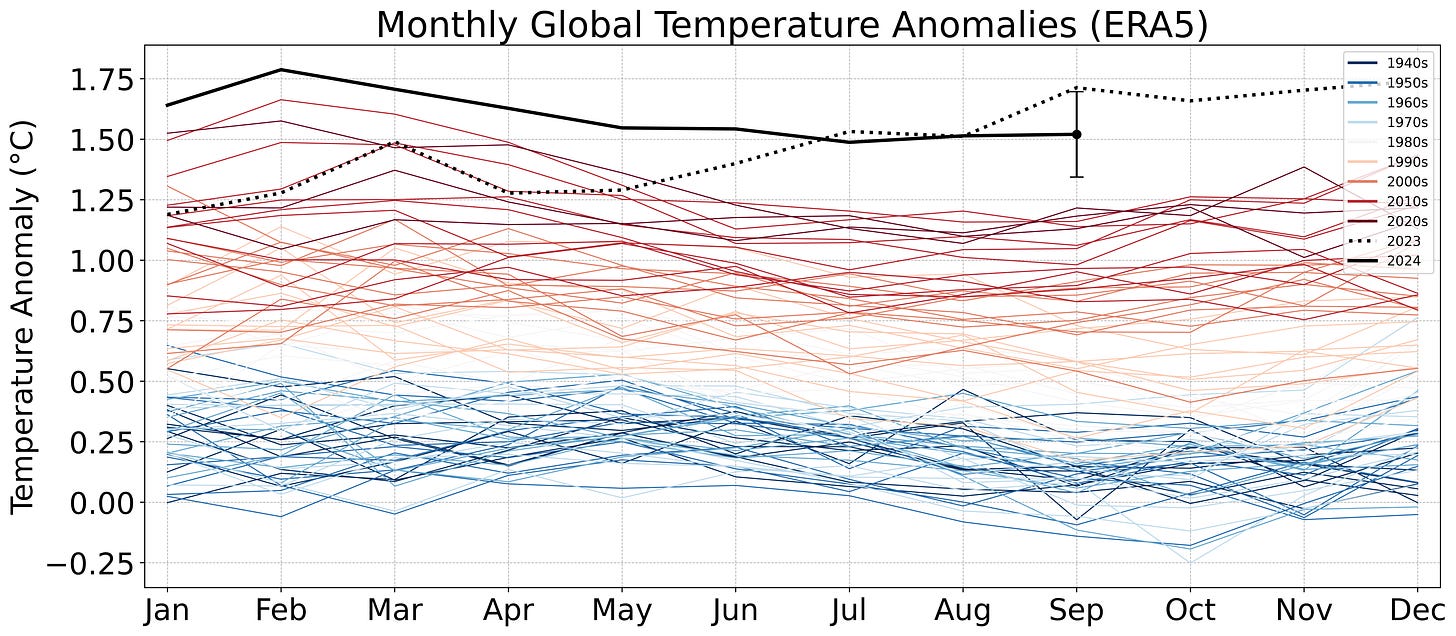JCM, Vol. 13, Pages 5311: Variability in Profiles and Prevalences of Gram-Negative Bacteria in Urinary Tract Infections: A Population-Based Analysis
Journal of Clinical Medicine doi: 10.3390/jcm13175311
Authors: Nedbal Mahobia Browning Somani
Objective: An increase in antimicrobial resistance (AMR) is observed worldwide, partly due to the overuse and misuse of antibiotics, which are ineffective in certain population subgroups. This negatively impacts both the healthcare system and patients. Our study aimed to investigate the current AMR profiles for the most commonly used antibiotics in treating urinary tract infections (UTIs) caused by gram-negative bacteria (GNB) across different age and gender subpopulations. By doing so, we provide valuable information for doctors managing prophylactic and empiric therapeutic treatments. Materials and Methods: We retrospectively analysed over 650,000 urine cultures collected in the Microbiology Department of a referral university hospital in Southern England from January 2014 to December 2022. A population-based analysis for subgroups was performed to rule out differences in AMR patterns. Our report was recorded at UHS as an internal audit (UHS7670). Results: 146,867 cultures were found positive for GNB growth. Nitrofurantoin showed the best sensitivity patterns for all age subgroups (0.93% for patients aged ≤ 18; 1.22% for patients aged 19–40; 2.17% for patients aged 40–60; and 3.48% for patients aged > 60), regardless of gender (male: 6.37%, female: 2.59%). Ampicillin/amoxicillin and trimethoprim showed a poor AMR profile for all age groups (>55% and >28%, respectively) and genders (>60% and >28%, respectively). All the other tested antibiotics (cefalexin, cefotaxime, ceftazidime, ciprofloxacin, co-amoxiclav, gentamicin) showed an overall good profile for GNB resistance across all subgroups. For all antibiotics except trimethoprim, the risk of developing AMR was significantly higher in the male population. We also found that people aged over 60 had a higher risk of AMR compared to the other age groups for all antibiotics, with the exception of cefotaxime and co-amoxiclav. Conclusions: With an overall rise in resistance patterns for GNB-related UTIs, certain antibiotics—particularly ampicillin/amoxicillin and trimethoprim—now exhibit very poor sensitivity profiles. However, antibiotics such as nitrofurantoin and gentamicin remain excellent options for empirically treating UTIs. It is important to note that AMR can vary across different populations, with higher resistance often found in elderly and male patients. Clinicians must stay informed about current guidelines and research to provide the best treatment options while minimizing the risk of further AMR development.

 1 week ago
35
1 week ago
35


